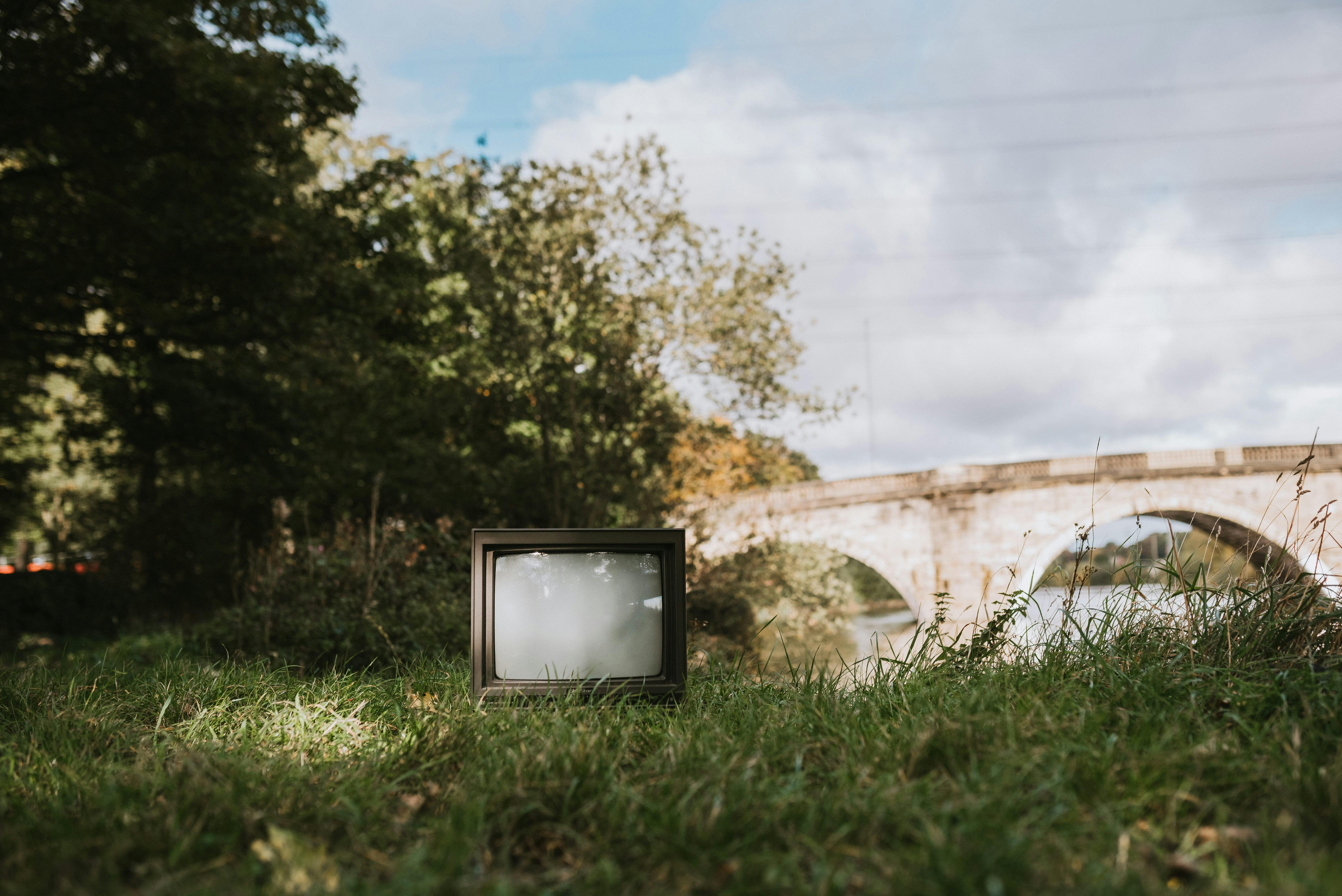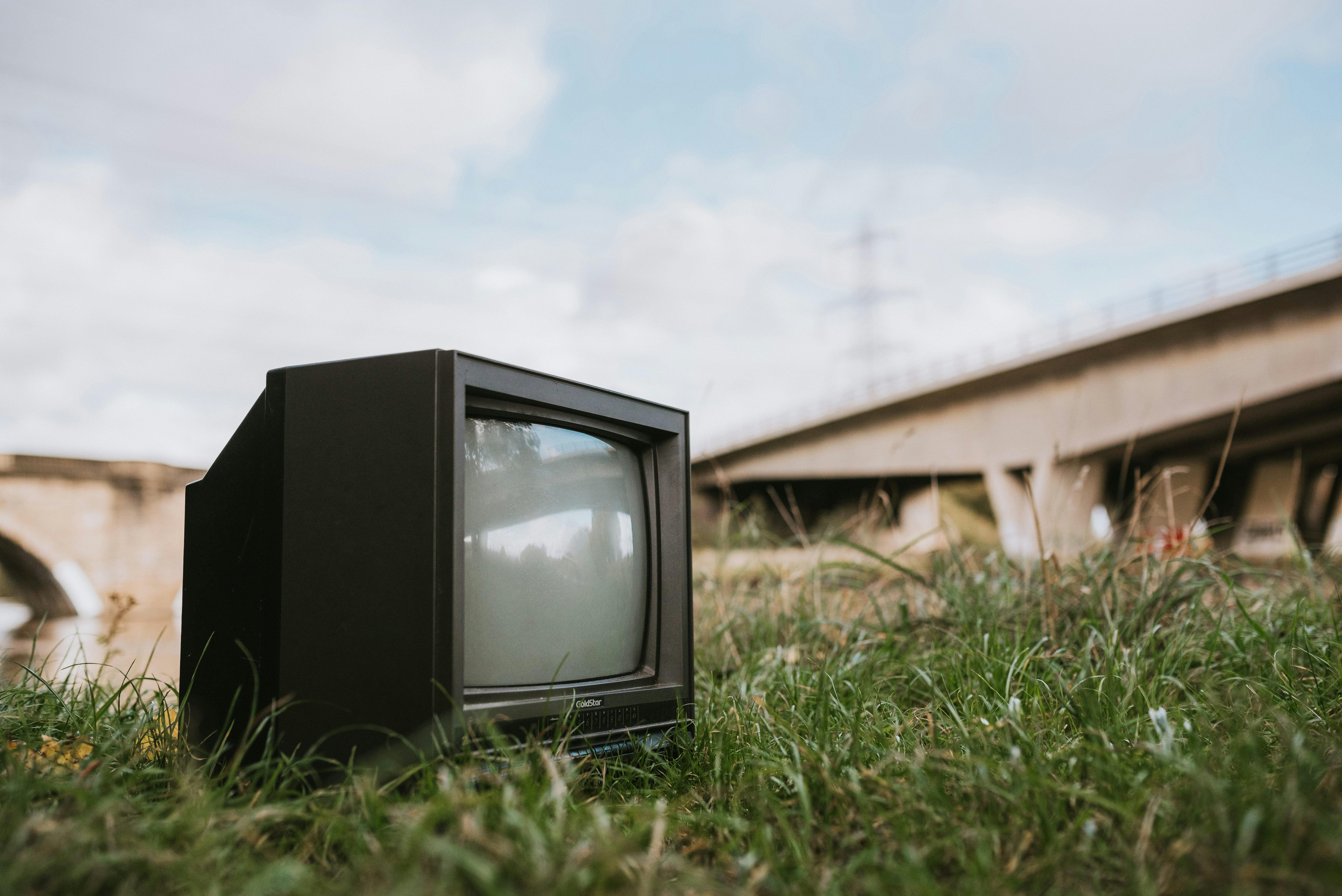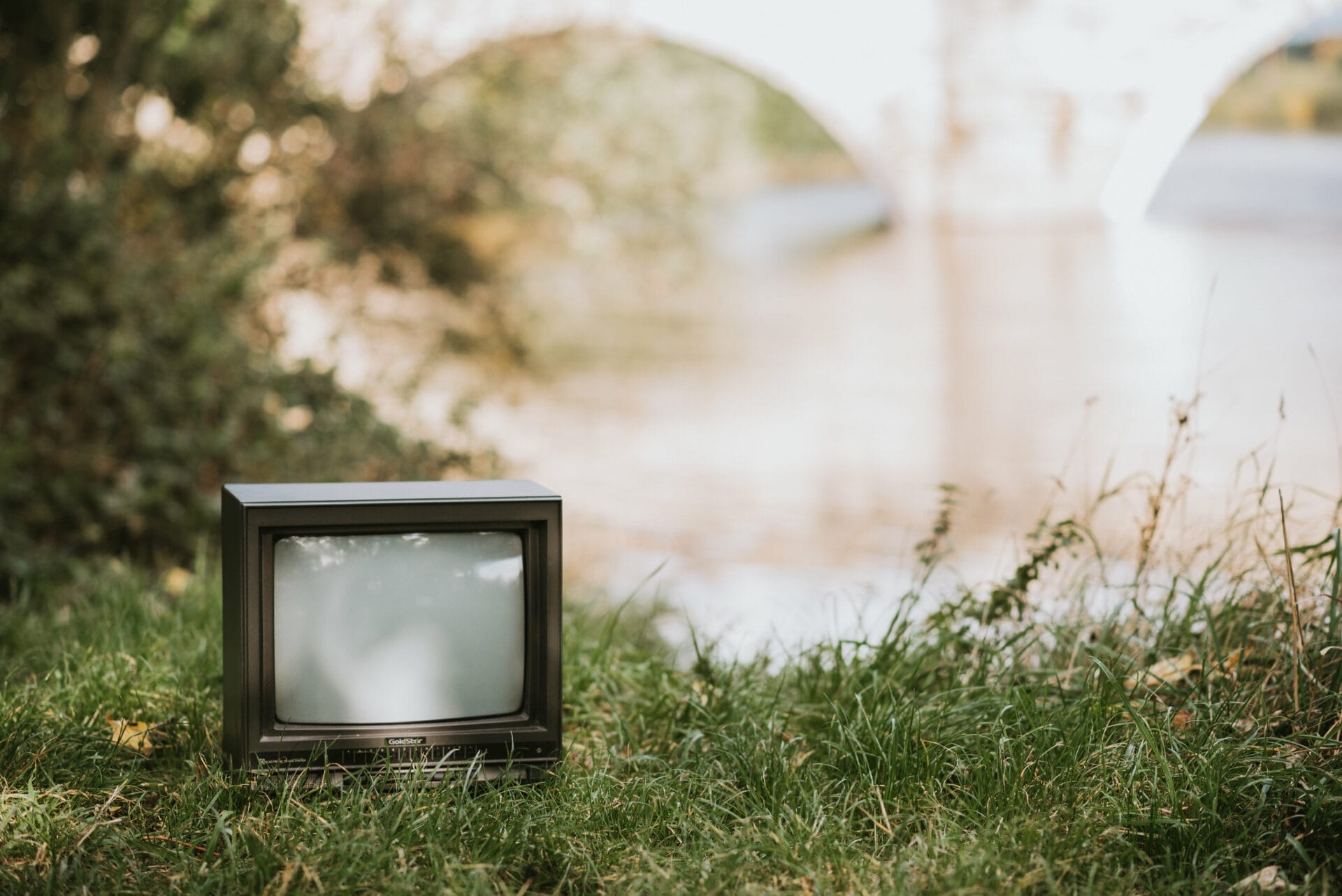Non-potable water, also known as gray water or recycled water, is a type of water that is not suitable for drinking but can be used for other purposes. Non-potable water is most commonly sourced from surface runoff, treated wastewater, and rainwater. This type of water is typically treated to meet certain safety requirements and may be used for various industrial or domestic applications such as irrigation, vehicle washing, fire suppression, and toilet flushing.Non-potable water is water that is not safe for human consumption. This can include wastewater, greywater, reclaimed water, and other sources that have been contaminated by chemicals, bacteria, viruses, or other hazardous substances. Non-potable water should not be used for drinking, cooking, or bathing without proper treatment.
Uses of Non Potable Water
Non potable water is water that is not suitable for drinking due to contamination with pollutants or other impurities. Despite this, non potable water can be used in a variety of ways, making it a valuable resource for many industries and applications. Non potable water is commonly used for agricultural irrigation, industrial cooling and processing, vehicle washing, toilet flushing, firefighting, and landscaping.
Agricultural irrigation is one of the most important uses of non potable water. This type of water can be used to irrigate crops and landscapes without fear of contaminating food supplies or endangering human health. Non potable water can also be used for industrial cooling and processing applications such as cooling towers, evaporative condensers, and heat exchangers. This type of water is often used in these applications because it does not need to meet the same stringent standards as drinking water.
Vehicle washing is another common use for non potable water. This type of water can be used to wash cars and other vehicles without causing damage or contamination to the environment or surrounding area. Toilet flushing is also an important use of non potable water, as it prevents contamination from raw sewage entering public drinking supplies. Firefighting also relies on non potable sources such as surface runoff and rivers to ensure that hydrants are always full in case of an emergency.
Finally, landscaping often requires large amounts of non potable water for watering gardens and lawns. This type of water helps keep plants healthy without posing a risk to human health or the environment due to contamination from pollutants or chemicals. In addition to all these uses, non potable sources are also sometimes treated by reverse osmosis systems in order to make them safe for drinking purposes if needed.
Overall, non potable sources are an essential part of many industries and applications due their versatility in terms of usage options. These types of waters provide a valuable resource when it comes to agricultural irrigation, industrial cooling and processing, vehicle washing, toilet flushing, firefighting and landscaping without posing a risk to either human health or the environment due to contamination from pollutants or chemicals.
Benefits of Non Potable Water
Non-potable water refers to water that cannot be consumed safely. Non-potable water can be used in a variety of applications, including agricultural and industrial applications. There are many benefits to using non-potable water for these purposes. One benefit is that it is a cost effective option for many businesses and farms. Non-potable water is typically much less expensive than drinking quality water and can be used as an alternative to expensive potable water sources. Additionally, non-potable water can also save businesses money on utilities by reducing their overall energy use.
Another benefit of using non-potable water is that it can reduce the amount of chemicals used in certain processes. For example, businesses may use non-potable water in the manufacturing process instead of potable water, which would require additional chemicals to make it safe for consumption. Additionally, non-potable water can also be used in place of potable water for irrigation purposes, which reduces the need for chemical fertilizers or pesticides. This helps reduce the amount of chemicals released into the environment.
Finally, non-potable water can also help reduce overall waste and pollution levels by providing an alternative source of clean, safe water that does not require additional treatment or processing before use. By using non-potable sources of water such as rainwater or groundwater, businesses can reduce their environmental impact and help to conserve valuable resources. Additionally, using non-potable sources of water helps preserve local ecosystems by reducing runoff from landfills and other contaminated sites.
Sources of Non Potable Water
Non-potable water sources are sources of water that cannot be used for drinking. These sources include rainwater, sewage and runoff from other sources. Rainwater is collected by catchment systems, such as rain barrels, and can be used for outdoor activities like gardening and washing vehicles. Sewage is collected in a septic tank or sewer line, then treated to make it safe for use in the home or outside. Runoff from streets, lawns and gardens can also be collected in catchment systems to prevent it from entering local watersheds.
Non-potable water can also be harvested from various natural sources such as rivers, lakes, ponds and streams. This water should be filtered or treated before it can be used for drinking or bathing. It is important to test the water before using it for any purpose, as untreated water may contain contaminants that can make you ill if ingested.
In some areas, non-potable water is made available by public utilities at no cost to consumers. This type of non-potable water is usually treated using an ultraviolet light system or reverse osmosis method before it is distributed to households and businesses.
Non-potable water can also be purchased from companies that specialize in providing treated non-drinking water for use in industrial processes such as cooling towers and boilers. The cost of this type of service varies depending on the amount of treatment needed and the quality of the source water.
By understanding the different types of non-potable water available, you can make an informed decision about which option will best meet your needs while protecting your health and the environment.
Treatment of Non Potable Water
Non-potable water is water that cannot be consumed due to its high levels of contamination. It is important to take the necessary steps in treating non-potable water in order to make it safe for use. The most common methods used for treating non-potable water include filtration, disinfection, and chemical processes. Filtration is the process of removing suspended solids and other particles from the water by passing it through a filter medium such as sand or gravel. Disinfection is the process of killing harmful bacteria, viruses and other microorganisms present in the water using chemical or physical methods such as chlorine, ozone, ultraviolet light and heat. Chemical processes involve adding chemicals such as chlorine or alum to the water to reduce turbidity and improve taste. All these treatments are essential in order to make non-potable water safe for drinking and other uses.
When treating non-potable water, it is important to use appropriate technologies that are most suitable for a particular application. For example, when treating surface water that has been contaminated with industrial pollutants, advanced treatment processes such as reverse osmosis may be necessary in order to reduce the concentration of contaminants present in the water. On the other hand, when treating ground water that has been contaminated with agricultural runoff or domestic sewage, simpler treatment processes such as filtration and disinfection may be sufficient.
It is also important to monitor the quality of treated non-potable water on a regular basis in order to ensure that it meets standards for drinking and other uses. This can be done by testing for various contaminants such as bacteria, metals or organic compounds on a regular basis. The results of these tests can then be used to adjust treatment protocols accordingly.
Overall, treating non-potable water is an essential step in making sure that it is safe for consumption and other uses. The most effective way of doing this is by using appropriate technologies that are suitable for a particular application and monitoring the quality of treated non-potable water regularly.

Advantages of Non Potable Water
The main advantage of using non-potable water is that it is a cost-effective alternative to potable water. Non-potable water can be used for a variety of purposes, such as irrigation, industrial processes, and cooling systems. It can also be used to supplement potable water supplies during periods of drought or other emergencies. Non-potable water is generally cheaper than potable water, since it does not require the same level of treatment and filtration. Additionally, non-potable water can often be recycled and reused for multiple purposes, thus reducing the need for additional sources of fresh water.
Disadvantages of Non Potable Water
Non-potable water has several potential drawbacks. Since it has not been treated to the same degree as potable water, non-potable water can contain a variety of contaminants including bacteria, viruses, and chemicals that could be harmful if ingested or applied directly to the skin. Additionally, using non-potable water for irrigation could result in the contamination of edible crops with bacteria or chemicals that would not be safe for human consumption. Finally, non-potable water should never be used in cooking or drinking applications as it could lead to serious health risks.
Non Potable Water Usage Regulations
Non-potable water is a type of water that is not suitable for drinking but can be used for other purposes. It is important to understand the regulations that govern non-potable water usage in order to ensure the safety of those who may come in contact with it. The following regulations are put in place to protect people from any potential health risks associated with the use of non-potable water.
The primary regulation governing the use of non-potable water is that it must not be used for any purpose that involves ingestion or direct contact with human skin. This includes drinking, cooking, bathing, and laundry. Non-potable water should also not be used for watering edible crops or livestock, as this could result in contamination of food products and create a risk to public health.
In order to ensure compliance with these regulations, all users of non-potable water must have proper training and understand the risks associated with its use. Additionally, all users must follow specific guidelines that apply to their particular situation. For example, if non-potable water is being used for irrigation purposes, then users must follow state and local regulations regarding proper filtration and treatment systems.
Finally, all users of non-potable water should take steps to properly dispose of any wastewater generated from its usage. This includes ensuring that wastewater is properly treated before being discharged into any body of water or septic system.
By understanding and following these regulations, individuals can help preserve public health and safety while still making use of non-potable water in appropriate ways.
Non Potable Water
Non-potable water is any type of water that is not suitable for drinking because it contains harmful contaminants. Non-potable water can come from a variety of sources and may have many different uses. It is important to understand the differences between potable and non-potable water, as well as how to safely handle both types of water.
Uses of Non Potable Water
Non-potable water can be used for a variety of purposes, from irrigation to industrial processes. In both agricultural and industrial settings, non-potable water can be used for activities such as cooling, washing, or cleaning. Non-potable water can also be used for landscape irrigation in areas where potable water is scarce or too expensive. Additionally, non-potable water can be used in recreational settings such as swimming pools and spas.
Applications of Non Potable Water
The most common application of non-potable water is in irrigation systems, where it is used to provide moisture to crops or landscaping projects. Non-potable water can also be utilized in the mining industry for slurry processing, ore beneficiation, and mineral extraction. In many industrial facilities, non-potable water may be used for cooling purposes or as part of the manufacturing process. Additionally, non-potable water may be recycled and reused in various applications such as washing machines and car washes.
Overall, non-potable water has many uses across a wide range of industries and applications. It is important to ensure that all safety precautions are taken when handling non-potable water to prevent contamination or other risks associated with its use.

Conclusion
In summary, non-potable water has a variety of uses, ranging from industrial and agricultural uses to energy generation. Non-potable water is also used to irrigate crops, to prevent dust storms and flooding, and for recreational activities. In addition, non-potable water can be recycled for use in other applications. It is clear that non-potable water is a valuable resource that can provide many benefits if managed properly.
Non-potable water is an essential resource that must be managed carefully in order to ensure its long-term availability for a wide range of uses. With the increasing demand for potable water and the potential risks posed by pollutants, it is important to take steps to ensure that non-potable water is not contaminated or overused. Doing so will help protect this valuable resource and ensure its availability for generations to come.

